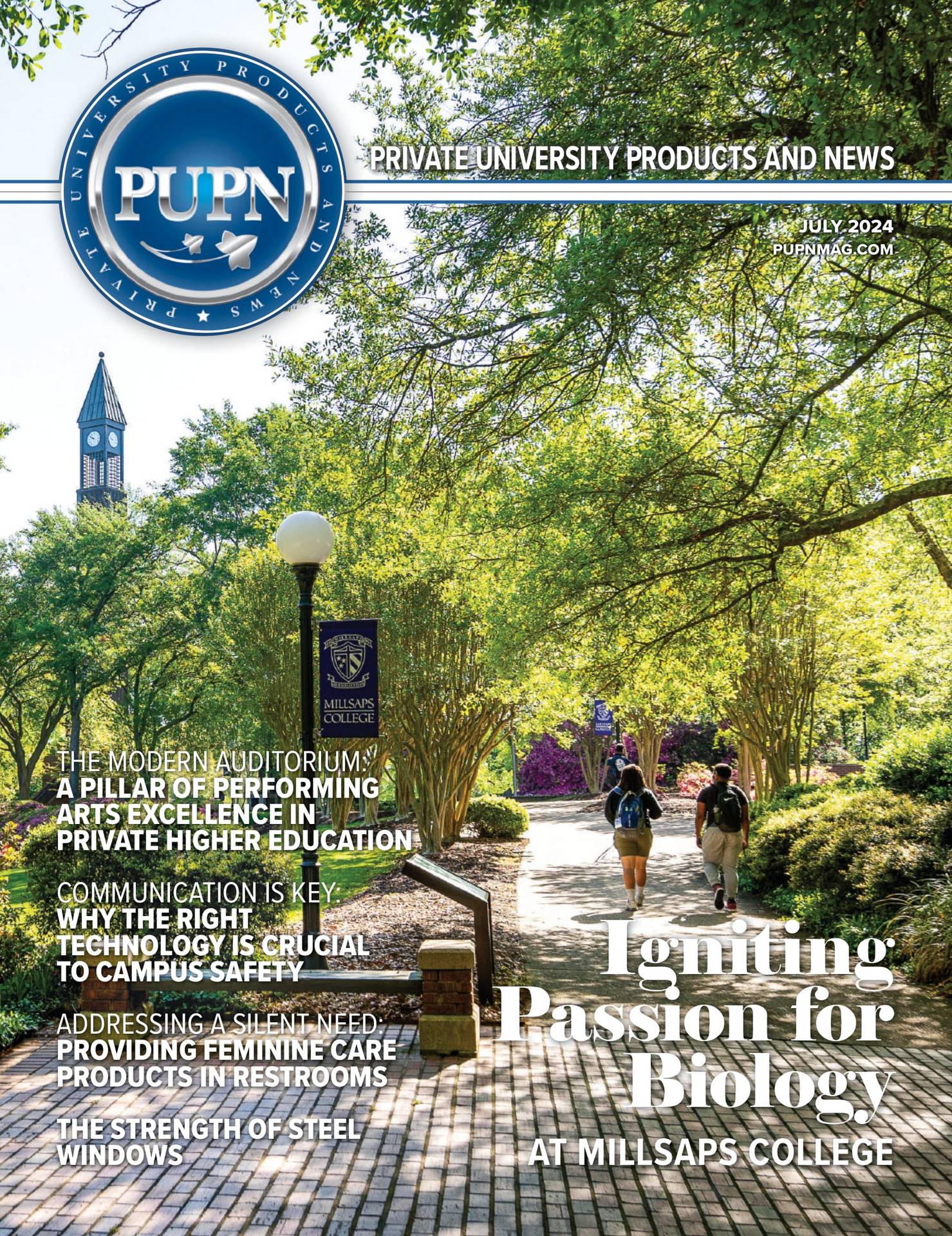Unnatural Captivity
College students spend a great deal of time indoors. Between classes, studying, and extra- curriculars, students often feel as though they have little time to unwind and take personal breaks outside. According to Donald A. Rakow, executive director of the Cornell Botanic Gardens and associate professor of Horticulture in the School of Integrative Plant Science, 37% of surveyed college students have felt depressed within the year, and 59% have felt overwhelming anxiety.
Rakow believes this high level of mental anguish is partially related to students essentially holding themselves hostage on campus, hence the development of Nature Rx at Cornell. Cornell’s Nature Rx is designed to encourage students to spend more time outdoors; research from the program discovered that as few as 10-20 minutes in nature a couple of times a week is enough to promote improved mental health in students.
The program has five pillars: a nature prescription program; a GPS-based website that shows the closest green space on or around campus; a student nature club; a Nature RX class; and an e-postering campaign to educate the Cornell student body about the benefits of spending time in nature.
Providing Physical Safety and Accessibility
Many of the most beautiful campus settings are covered in snow for several months of every year. Even in freezing weather, however, students can benefit from spending some time outdoors, enjoying the beauty of falling snow. For these colleges, there are several adaptations the campuses can introduce to make it more feasible for students to enjoy the beauty of nature, even in near-freezing conditions.
The first step to enjoying campus green spaces is accessibility. When deciding on what stones to use for paths, one trick to ensure the stone is capable of withstanding the climate is to source locally. Stones that are native to the region are more suited to withstand the college’s winter conditions. Pavers have contoured edges, which provide a better grip for pedestrians, and can reduce the chances of slips and falls.
Pavers aren’t the only consideration though. For campuses that must prepare for snow on a regular basis, having the right equipment is crucial. Wagner College, for instance, has a thorough snow removal process and winter storm protocol. Located in New York, the college experiences some bitterly cold weather at times, so the facility managers and leaders in maintenance have prepared a detailed plan for both their maintenance team and everyone on campus.
Facility and grounds managers for this 110-acre college use rock salt and calcium chloride to help melt the snow, as well as a medley of equipment; their snow and ice removal equipment includes the following: one medium duty dump truck with plow; two pick-up trucks (with a salter and plows); one 4X4 RTU with salter and plow; one small path machine with plow; one medium-sized snow blower; one small light-duty snow blower.
Designs to Improve Winter Landscape Maintenance
Maintaining a pristine campus in the winter can be time-consuming and expensive, especially if colleges don’t properly plan during their design phases. One of the most common mistakes is developing driveways that are too narrow; using a snow plow is one of the most cost and time effective means of combating snow; however, plows must have room to maneuver.
Additionally, college campuses that are prone to high levels of snow should allow extra space on the sides of the pavements and walkways for plowed snow. Heated pathways are another option to keep walkways clear–the heating elements keep the path around 35-40 degrees Fahrenheit, which warms the paths enough to keep the space safe for walking.
Similarly, walkways should be as even as possible. When the path is uneven, aside from being a tripping hazard, snow shovels can snag on the stones and damage the pavement. Finally, it’s dangerous to have lighting or gates too close to driveways on snowy campuses; that proximity increases the potential to damage snow plows, while also making the work for maintenance crews more tedious, time-consuming, and expensive.
Designs to Improve Winter Landscape Appearances
For keeping a winter campus beautiful, there are other design options for a college to improve its winter landscaping. For instance, low-voltage lighting can create a stark beauty, while also illuminating any wildlife that may be visiting campus.
Covered structures can also offer both aesthetic appeal and protection from the wintry downfall. Spaces with cover, such as insulated four-season rooms, can offer students and visitors a space to enjoy the views of campus. Finally, colleges should choose perennials that can still flourish, even in harsher climates. These large flowers can bring some visual interest to campus, despite the bitter weather.
Winter Wellbeing
Being free to roam the campus and rest their minds is important for students’ mental states, especially in the colder months, when the rates of mental health issues, such as Seasonal Affective Disorder, are on the rise. By adapting the campus to be more pedestrian-friendly in winter, the college is promoting both physical safety and improved emotional health for its students.










